Last Updated on December 15, 2016 by Marc Seward

So you have a yeast infection. You’re experiencing all of the signs: the itching, the redness, and the irritation. Oh, and lets not forget about thick, white discharge, the cherry on the yeasty cake.
Its unpleasant and you’re probably feeling pretty uncomfortable right now, but don’t despair. Yeast infections are not uncommon, affecting about three out of four women in their lifetime. They are a pain, but are usually pretty easy to treat.
Fortunately, there a number of home remedies you can try to alleviate the symptoms and get on with the rest of your life. Serious cases may require medical advice and treatments.
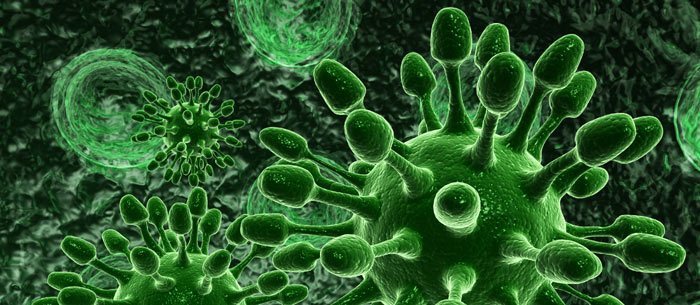
Causes
You may be surprised to find out that all vaginas actually have a small amount of yeast. It is perfectly normal and healthy. This vaginal yeast, called Candida albicans works with your vagina and immune system to keep things in balance.
However, when there is an overgrowth of this yeast is when things start to get out of control. There are several factors that can disrupt this delicate balance of vaginal yeast.
Hormones in some way are often the issue. Women who are pregnant, taking birth control pills, or are about to menstruate may find themselves more vulnerable to yeast infections.
Women who have a weakened immune system, poor health due to illnesses such as HIV, cancer, and diabetes may also experience yeast infections. In fact, anything that disrupts the immune system, such as poor sleeping patterns, stress, alcohol consumption, and a diet that includes refined sugars can lead to yeast infections.
Taking certain medications and antibiotics may also lead to an overgrowth of yeast. If your general health and or diet is lacking it is also the perfect environment for candida overgrowth.
Symptoms
If you have the following symptoms, you may be suffering from a yeast infection:
• Severe itching
• Swelling
• A feeling of burning in the infected area
• Burning during urination
• Pain during sexual intercourse
• Thick, white odorless discharge
Natural Remedies
Most of the time, yeast infections aren’t serious and will go away on their own, however, most women may not be able to bear the irritating symptoms. If you’re experiencing what you think is a yeast infection for the first time, its recommended that you get checked out by your doctor to make sure everything is in working order. However, if you’ve had yeast infections before, and are familiar with the symptoms, there are several home remedies you can try to get instant relief.
Boric Acid
Boric acid is an antifungal and antiviral that is highly effective in treating yeast infections. However, if you’re pregnant, boric acid is not the treatment for you.
- You can make your own boric acid suppositories to get relief from your yeast infection. Fill a size 0 gelatin capsule with about 600 mgs of boric acid. Insert one capsule into the vagina before bedtime for seven days.
- You can also apply boric acid directly to the affected area. Dilute the some boric acid with water and apply the mixture to the affected area. Leave on for a couple minutes and then rinse off. You can do this once daily for two weeks.
Garlic
If you’re experiencing the early signs of a yeast infection, using a clove of garlic can immediately halt the infection. Garlic is a natural antibiotic, antifungal, and antibacterial remedy that is highly effective in treating the itching of a yeast infection.
- Remove the natural white paper shell of a fresh garlic clove. With the clove intact, insert the clove into your vagina at bedtime. In the morning, remove and discard the clove. Doing this treatment once is usually enough, but you may do it again the next night if needed. This treatment may cause you to have a watery discharge the next morning.
- If you prefer a healing paste, take a couple garlic cloves and mash them well. Once the cloves have been mashed into a paste-like consistency, apply it directly to the infected area.
- Eating fresh garlic cloves and taking garlic tablets are also effective in fighting any kind of yeast infection.
Yogurt
Full of Lactobacillus acidophilus, yogurt contains bacteria found in healthy vaginas, while the acidophilus kills the overgrowth of yeast. This remedy helps to restore balance and harmony to your vagina. Be sure to only use plain, unsweetened yogurt.
- To relieve itching, apply the yogurt to the affected area outside of the vagina. Let sit for 30 minutes. You may also leave this treatment on overnight.
- To treat the yeast infection, dip a tampon in yogurt and then insert into the vagina. Leave in for two hours and then remove. Do this treatment twice a day until you notice the symptoms diminish.
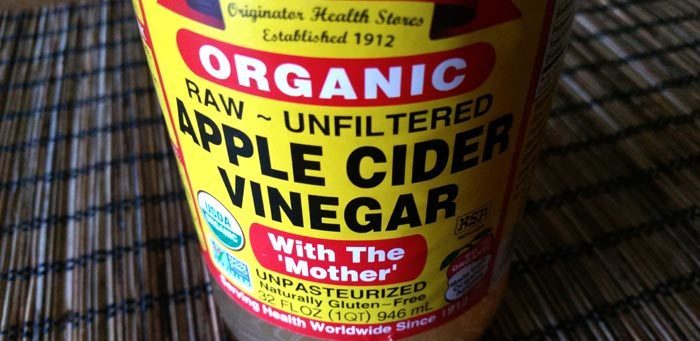
Apple Cider Vinegar
Apple cider vinegar is a great way to restore the pH balance to your vagina. A natural antibiotic, apple cider vinegar kills harmful bacteria, excess yeast, and give soothing relief to yeast infection symptoms. Once apple cider vinegar has tackled the yeast problem, it then helps to colonize the vagina with healthy bacteria, which will help prevent future yeast infections from occurring.
- Take a soothing bath with apple cider vinegar. Simply add some apple cider vinegar to your bath and soak for about an hour. This will help reduce irritating and itching symptoms.
- Mix two tablespoons of organic apple cider vinegar into a warm glass of water. Drink this mixture twice daily for a couple days or until you notice your symptoms diminish.

Coconut Oil
Coconut oil is a natural antifungal that eliminates the overgrowth of yeast causing infection. Coconut oil is also effective in soothing inflammation and creates a protective area around the vaginal area to prevent irritating chafing during treatment.
- Apply the coconut oil externally on the inflamed area of the vagina three times a day to get relief from irritating yeast infection symptoms.
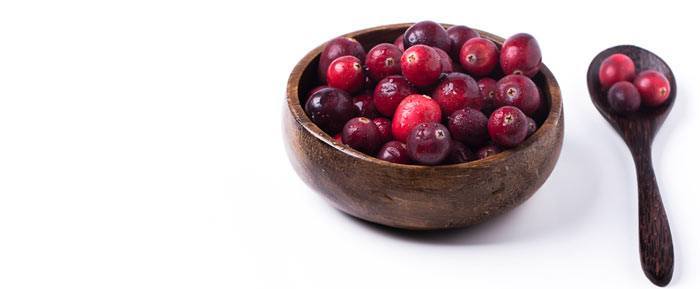
Cranberries
Cranberries already have a great reputation for treating urinary tract and bladder infections. As it turns out, the natural antifungal and antibacterial properties of cranberries make them just as effective in fighting yeast infections as well. By simply drinking a glass of unsweetened cranberry juice, you can help your body fight the fungi that causes yeast infections.
- Drink several glasses of unsweetened cranberry juice every day. This will help expedite the healing process.

Tea Tree Oil
Tea tree oil is world renowned for its antifungal properties. This benefit also extends itself to the treatment of yeast infections. This treatment, however, is not suitable for pregnant women.
- For relief of irritating symptoms, dilute organic tea tree oil with water or one teaspoon of olive oil. Apply the oil externally to the affected area. You can use this treatment several times a day.
- To treat the yeast infection, add a couple drops of organic tea tree oil to a tampon and insert into the vagina for two to three hours. This treatment can be employed twice a day daily until the infection clears.

Olive Leaf Extract
Olive leaf extract is an effective treatment of yeast infections because it contains natural, anti-inflammatory antifungal, antiviral, and antioxidant properties. Olive leaf extract also works hard to restore the good bacteria in your body, preventing yeast infections from coming back in the future.
- Take two capsules of olive leaf extract three times a day with meals.

Oregano Oil
Oregano oil not only fights the harmful fungi responsible for yeast infections, but it also helps to boost your immune system as well.
- Take two oregano oil capsules twice daily for a couple weeks.
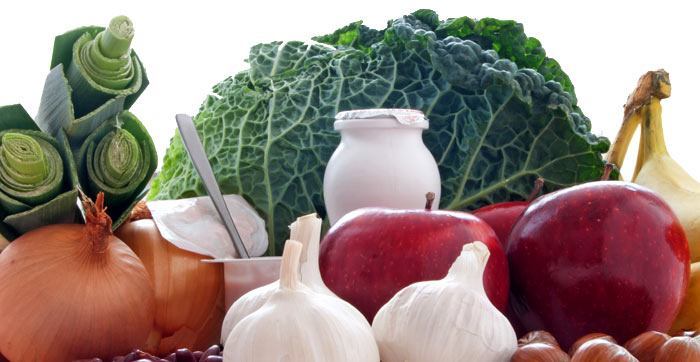
Probiotics
If you are taking an antibiotic for an unrelated condition, there’s a chance you may develop a yeast infection. Probiotics help restore healthy gut flora responsible for fighting yeast infections and fortifying the immune system.
- Take a probiotic capsule every day.
- Eating foods rich in probiotics every day, such as yogurt.
I hope that a balanced diet and home remedies will be enough to help your yeast infection. Serious cases or people with weakened immune systems may require medical treatment.
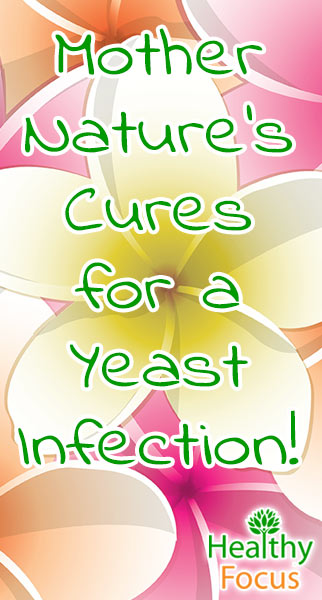
Leave a Reply
You must be logged in to post a comment.